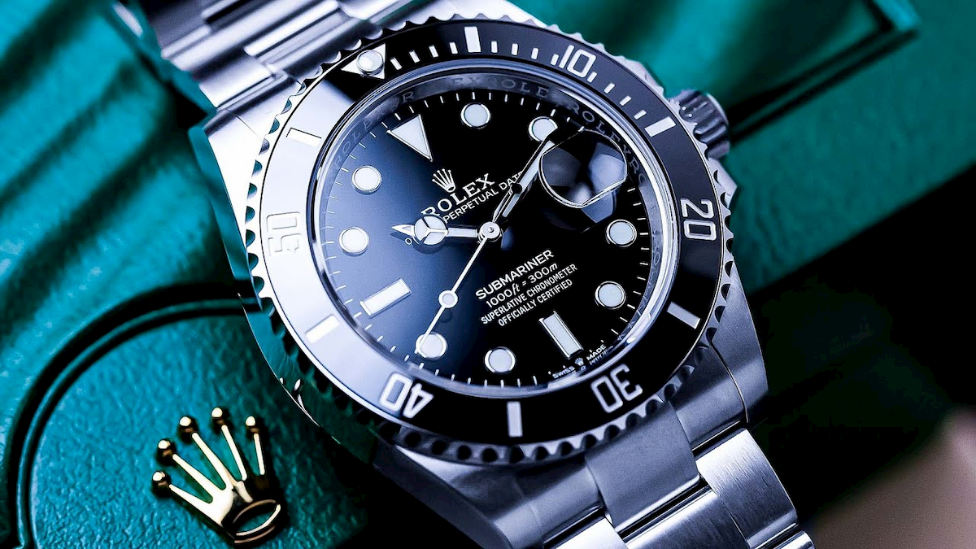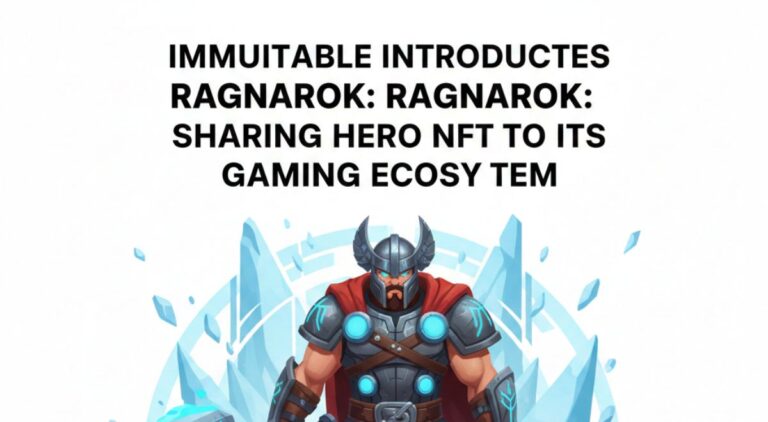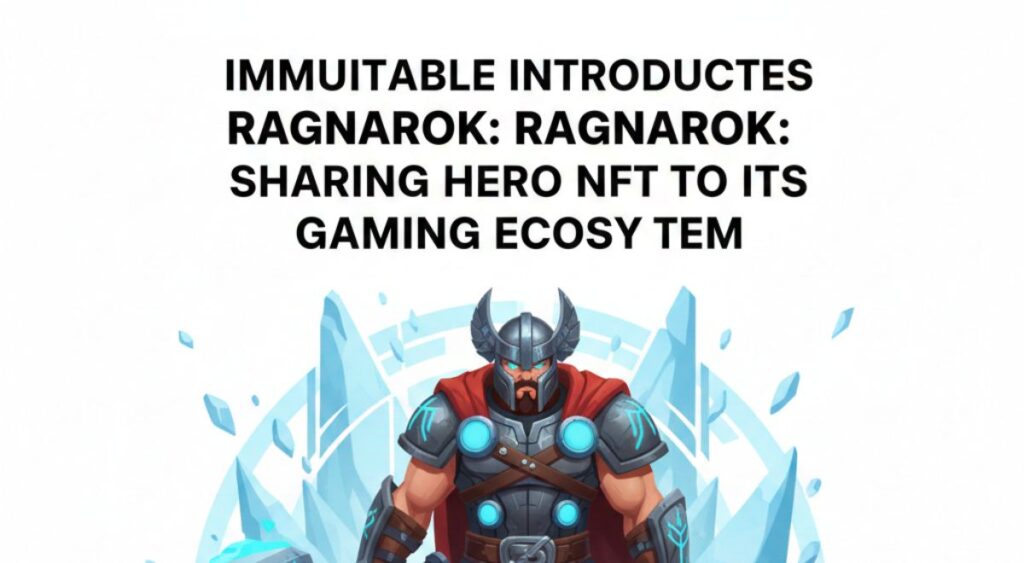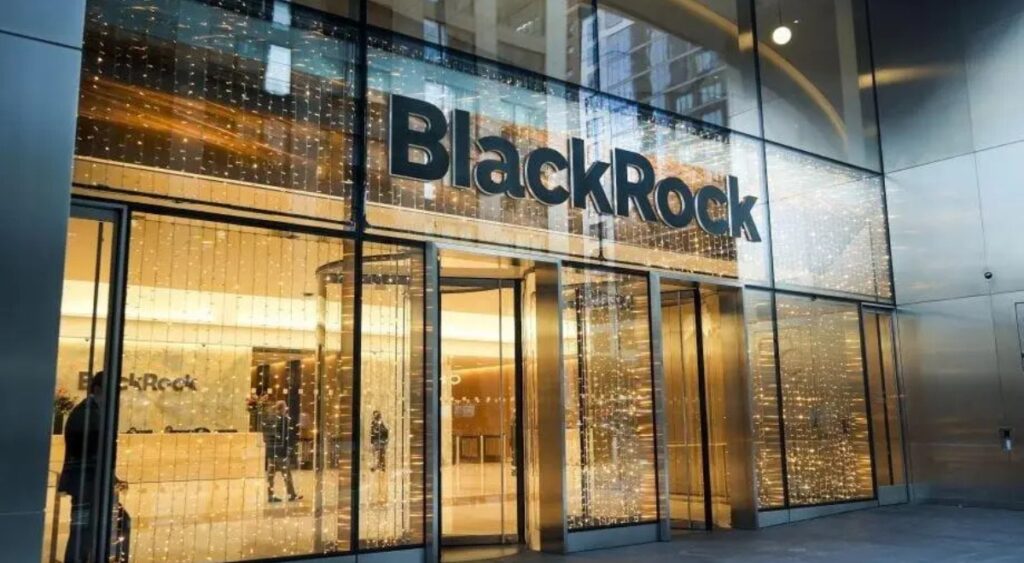Non-fungible token (NFT) funding has been gaining popularity in developing NFT. The NFT lending craze, which has resulted in loans totaling more than $2.5 billion, has been given a fresh twist by the ability to borrow against luxury products. In May this year, top NFT marketplace Blur unveiled Blend, a short form of “Blur Lending”. It is a peer-to-peer lending platform that enables NFT investors to borrow crypto liquidity by using their NFTs as collateral.
Similarly, the Binance NFT digital platform has also launched a new feature, “Binance NFT loan”, where collectors can obtain ETH loans utilizing NFTs for collateral. For instance, holders can borrow Ethereum liquidity through NFTs, e.g., Mutant Ape Yacht Club and Bored Ape Yacht Club NFTs.
On June 15, Arcade Protocol confirmed in a blog post that it was expanding its service portfolio to make it possible for cryptocurrency investors to guarantee NFT liquidity loans with their Rolex watches. Investors can access global liquidity through tokenized watches instead of taking out an exploitative loan at a local pawn shop. A Dune monitor shows that Arcade has handled NFT-based loans totaling about $100 million so far.
You may keep reading to learn the latest on NFT lending and how investors can gain liquidity loans by trading their physical assets for NFTs.
How It Works: Luxury Rolex Watch as Collateral for NFT Liquidity Loans
On July 11, anonymous DeFi project adviser CirrusNFT through a Twitter post described how a user could borrow up to $35,000 from another by utilizing an NFT representing a tangible object as security for the loan.
Three Rolexes were sent to anonymous lenders by Arcade users in the last several weeks: a Daytona for $20,000 at 15% APR, a GMT-Master II for $14,500 at 12% APR, and an Explorer for $20,000 at 12% APR. In addition, the owner of the Explorer and Daytona lent a $35,000 Patek Philippe watch with a 12% APR. In addition, the length of these loans varies from 56 to 90 days.
A chain of custody comprising third parties and NFTs allows exchanging of such high-value physical goods for cash between online addresses. The executive claims that a user delivered an expensive Patek Phillipe watch to escrow company 4K Protocol which handles NFTs backed by tangible objects. After that, the firm returned an NFT to signify “ownership of the watch”.
In another instance, using his two Rolex watches as collateral, an unnamed NFT collector recently borrowed $14,500 through Arcade Protocol at 12% interest. The watch-representing NFT is transmitted to an escrow wallet after an Arcade match between a borrower, and lender has been made.
Meanwhile, a crypto lender may redeem the original watches with NFTs if the NFT borrowers fall behind on their payments. The only option to get the watch back from 4K is to burn the NFT; otherwise, the lender will receive it if the borrower disappears into cyberspace, or it will be given to the borrower when they pay back the loan.
















